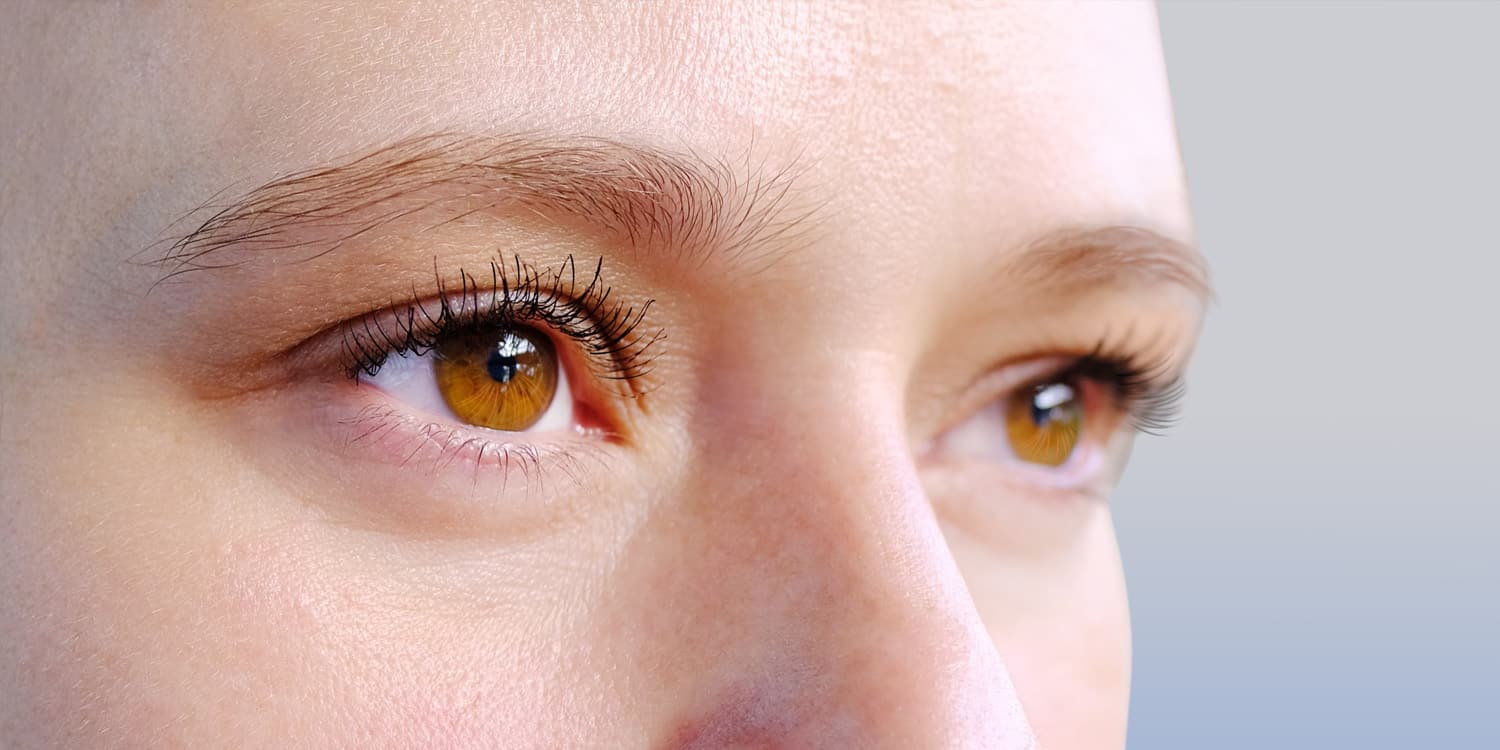A study in Russia has shown that machine-learning systems can predict certain personality traits in adolescents using eye-movement data with accuracy slightly better than chance. The research identified Machiavellianism and Extraversion as the most predictable traits. The study was published in PLOS ONE.
Personality is a set of enduring traits, behaviors, and patterns of thinking that shape how individuals perceive, respond to, and interact with their environment and others. While there are many theories of human personality, the Big Five model is probably the most widely accepted.
This model describes an individual’s personality through five broad traits: Openness to Experience, which reflects curiosity, imagination, and a willingness to explore new ideas; Conscientiousness, involving self-discipline, organization, and responsibility toward achieving goals; Extraversion, capturing sociability, assertiveness, and a preference for stimulating environments; Agreeableness, indicating compassion, cooperation, and concern for others’ well-being; and Neuroticism, which describes emotional instability, including tendencies toward anxiety and mood swings.
More recently, scientists have proposed an additional set of three traits that describe the “darker” aspects of human personality. These traits, known as the Dark Triad, include Narcissism, characterized by grandiosity, a need for admiration, and entitlement; Machiavellianism, involving manipulativeness, deceit, and a focus on personal gain; and Psychopathy, marked by a lack of empathy, impulsivity, and antisocial behavior.
Study author Elina Tsigeman and her colleagues note that personality traits are most often assessed using self-reports, which are highly vulnerable to various forms of bias and even outright faking. Studies consistently show that individuals are generally able to manipulate their personality assessments when motivated to do so. Because of this, finding alternative ways to assess personality could help overcome these limitations.
These researchers wanted to know whether personality could be predicted using eye movement data. Eye-movement data refers to recorded eye patterns, such as fixations (where one’s gaze remains fixed on a point) and saccades (quick shifts between points of focus). These patterns reveal how individuals visually perceive their environment, what they pay attention to, and their overall observational behavior. Typically, this data is collected using specialized eye-tracking equipment, and recent technological advancements are making it easier and less invasive to capture.
The researchers recruited 35 Russian adolescents (average age of 14, with 30 participants ultimately included in the final analysis). The sample was predominantly male, with 20 males participating. Participants were required to have normal vision, as correction devices like glasses and contacts can interfere with eye-tracking accuracy.
To assess the participants’ personality traits, the researchers used the Big Five Inventory and the Short Dark Triad Questionnaire, two well-established self-report tools. After completing these questionnaires, each participant put on a head-mounted eye-tracker and, after calibration, was led by a researcher down a hallway to a museum filled with modern gadget exhibits. During the 10-minute museum visit, participants explored the displays freely, without specific instructions or guidance from the researcher, who waited nearby. The same hallway was used to return participants to the lab, with the researcher accompanying them on both legs of the journey.
Eye-movement data was collected throughout this process, with an average of 15–16 minutes recorded per participant (approximately 10.75 minutes in the museum and 4.86 minutes in the hallway). This data was then divided into three segments for analysis: hallway (or “Way”) data, museum data, and combined hallway + museum data.
To test the predictability of personality traits, the researchers applied multiple machine learning algorithms to the eye-movement data from each segment, using techniques like cross-validation to ensure reliable results. They assessed the performance of each algorithm on predicting both Big Five and Dark Triad traits. The results showed that some algorithms could make personality trait predictions that were statistically better than random chance. Notably, Machiavellianism and Extraversion emerged as the most accurately predicted traits, with other traits like Conscientiousness and Narcissism being less reliably predicted.
Interestingly, the data collected in the hallway had the highest predictive accuracy, followed by the museum data, with the combined data proving the least effective. The hallway environment might have enhanced prediction accuracy due to the presence of social cues and the participants’ interactions with the researcher. In contrast, in the museum setting, participants were left to interact with exhibits independently, possibly leading to more variable eye movements that were less influenced by consistent social stimuli.
Certain machine learning algorithms, such as Naive Bayes, Adaboost, and k-Nearest Neighbors, performed especially well, with accuracy up to 48% for some traits (compared to a random chance baseline of 33%). Other algorithms, like Logistic Regression and Random Forest, were less effective, possibly due to differences in how these models handle non-linear data—a common challenge in personality prediction research.
The study’s findings highlight the potential of eye-tracking as a tool for personality assessment, particularly in naturalistic settings, which may offer a more ecologically valid way to assess personality than traditional lab settings. However, it remains unclear how well these findings can be generalized to eye movement data collected in settings other than the specific hallway and museum used in the study, to other populations, or to different types of eye movement data. It is likely they cannot be fully generalized, and if so, the scientific and practical value of these findings may be limited.
Additionally, while cross-validation helps to ensure consistency, machine learning results can vary with changes in parameters or with new data, highlighting the need for standardized procedures in future studies.
The paper, “AI can see you: Machiavellianism and extraversion are reflected in eye-movements,” was authored by Elina Tsigeman, Viktoria Zemliak, Maxim Likhanov , Kostas A. Papageorgiou, and Yulia Kovas.




